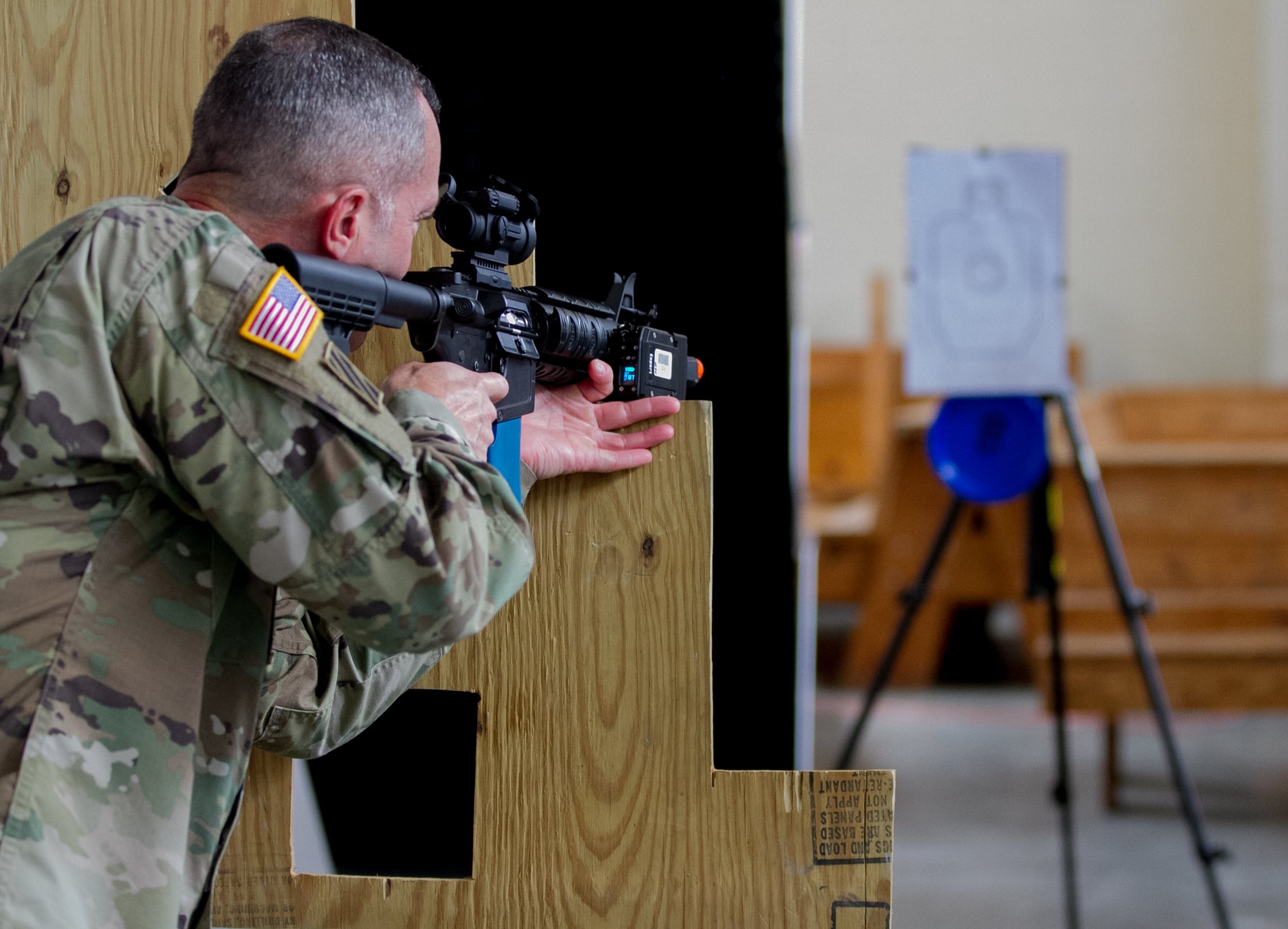The Army plans to both field a human performance dashboard tool and launch a fitness wearables pilot program in early 2024 as part of its health and fitness modernization overhaul.
A five-year project concludes in 2024 and scientists will hand off the tool developed by the service’s research arm to training units for a variety of applications.
The Measuring and Advancing Soldier Tactical Readiness and Effectiveness, or MASTR-E, paired wearable technology with decades of service health, fitness and performance data to better measure how individual soldiers performed on physical and mental tasks.
George Matook and his team at the Army Combat Capabilities Development Command Soldier Center started the program under the then-Department of Defense Close Combat Lethality Task Force in 2018. The effort sought to improve how soldiers shoot, move, communicate, rest and recover in tactical training and while on deployment.
It is the largest known human performance science and technology program in the military, Matook said. The Pentagon spent $100 million on the program.
MASTR-E created quantified human performance measures and built methods for small unit performance forecasting, basically understanding how well small units would perform by analyzing physical and mental conditions such as heart rate, eye movement, fatigue, hydration and other biological indicators.
Test subjects wore smartwatches and fitness trackers while doing physical training, shooting drills and other common tactical tasks. That data fed into a kind of “dashboard” with speedometer-like color-coded gauges that have needles running from red to dark green. If red, the user is low performing. Green means they’re performing optimally.

Developers envision commanders at the squad, platoon or company level being able to have a “snapshot” of the condition of their units, knowing which are rested and ready and which might need more time to recoup before another mission.
That data, Matook said, could be used to decide whether a squad needs more water, rations or downtime, or even adjustments to a soldier’s load before a long march.
In 2020, the MASTR-E program took 530 soldiers from the 4th Battalion, 31st Infantry Regiment, 2nd Brigade Combat Team, 10th Mountain Division and monitored them during a full field exercise, measuring training load, physical exertion, sleep and recovery, Army Times reported.
In 2022 the group conducted a pilot study with the 513 Military Intelligence Brigade at Fort Eisenhower, Georgia, the 82nd Airborne Division at Fort Liberty, North Carolina and an unspecified Army Reserve unit. The pilot program ran through late 2022, gathering data.
While that data was being analyzed the final leg of testing had the 2nd Brigade, 82nd Airborne Division provide feedback on the tool as researchers finished building the application through 2023. Matook told Army Times the tool will be available for use by Army training units in early 2024.
That’s good timing, because in September the Army named CoachMePlus, a private company as its software provider for a fitness wearables pilot program, slated to begin in April or May 2024.
Maj. Gen. John Kline, head of the Army’s Center for Initial Military Training, told Army Times in October that the wearables pilot will use an entire brigade.
Teams from CIMT will first educate commanders and leaders on how to use the technology to assess and plan health and fitness training. The wearables pilot will complement the Holistic Health and Fitness, or H2F, program that the Army continues to field across the force.
Participants will receive a wrist monitoring device such as a smartwatch or fitness tracker, a chest strap and ring device for sleep monitoring. Training cadre will use tablet computers to monitor soldiers and small units throughout the pilot, Kline said.
Individual information will be aggregated to protect privacy. The real-time reporting is a leap from training data accessibility, which can lag by six months or more under current tracking systems, Kline said.
The two-star said that by tracking a unit the size of a brigade and eventually multiple units, the Army can better assess what’s working and what isn’t across a larger group of soldiers as it improves the H2F program and related training.
Todd South has written about crime, courts, government and the military for multiple publications since 2004 and was named a 2014 Pulitzer finalist for a co-written project on witness intimidation. Todd is a Marine veteran of the Iraq War.





